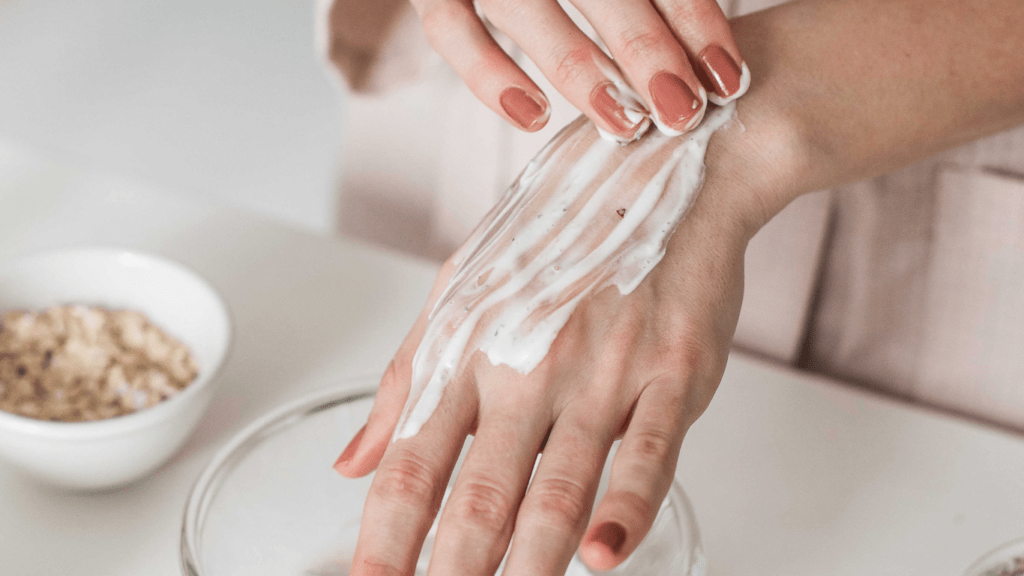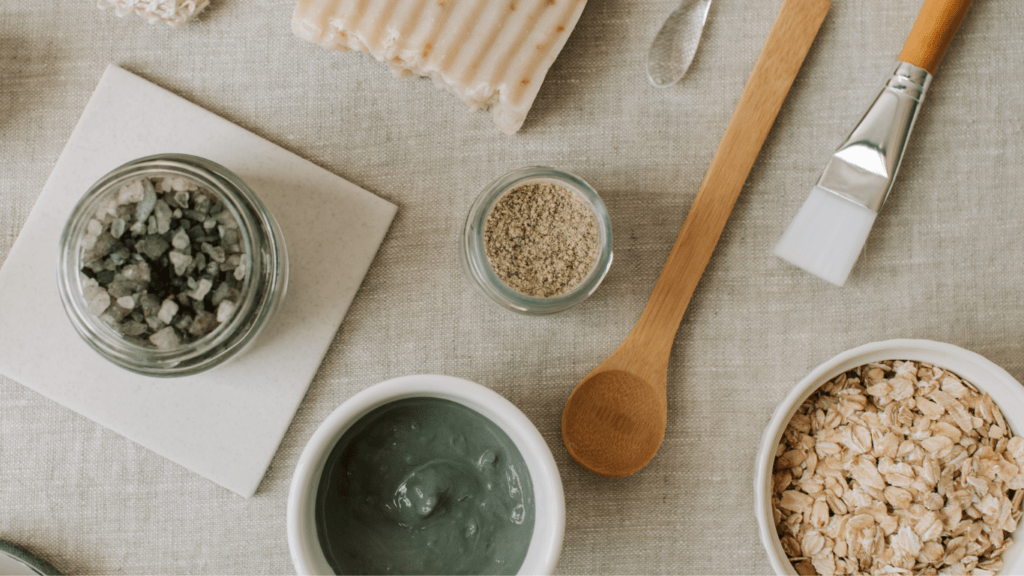Benefits of DIY Body Scrubs
DIY body scrubs offer multiple benefits that contribute to smooth and soft skin. Using these scrubs, I can maintain a healthy skincare routine without breaking the bank.
Natural Ingredients
Natural ingredients in DIY body scrubs ensure the skin is free from harmful chemicals. Common components like sugar, salt, and oatmeal provide effective exfoliation.
Coconut oil and honey add hydration and nourishment. These ingredients are gentle on the skin and beneficial for various skin types. For instance, sugar gently scrubs away dead skin cells while coconut oil retains moisture, leaving the skin soft and supple.
Cost-Effectiveness
Cost-effectiveness is a significant advantage of DIY body scrubs. Store-bought scrubs can be expensive, but homemade versions typically cost less.
Simple ingredients like sugar, salt, and coffee grounds are affordable and easily accessible. Making scrubs at home eliminates the need for pricey skincare products, allowing me to create effective solutions within my budget.
A combination of sugar and coconut oil, for example, provides an affordable yet luxurious exfoliating experience.
Key Ingredients for Effective DIY Body Scrubs
Choosing the right ingredients is crucial for making an effective DIY body scrub. Understanding their benefits helps tailor a perfect scrub for smooth and soft skin.
Sugar and Salt
Sugar and salt are the foundational exfoliants in many DIY scrubs. Sugar, particularly brown sugar, gently removes dead skin cells due to its fine texture.
It’s perfect for sensitive skin types. Salt, especially sea salt, offers a coarser texture, ideal for deeper exfoliation. Both sugar and salt promote blood circulation, enhancing overall skin health.
Essential Oils
Essential oils offer both aromatic and therapeutic benefits. Lavender oil provides calming effects and aids in skin regeneration. Tea tree oil, with its antibacterial properties, treats acne-prone skin.
For hydration, I recommend jojoba oil or rosemary oil. Adding these oils personalizes the scrub, catering to specific skin needs.
Moisturizing Agents
Moisturizing agents are vital for hydrating and nourishing skin post-exfoliation. Coconut oil, rich in fatty acids, offers deep moisture while soothing irritated skin.
Honey acts as a natural humectant, retaining moisture and providing antioxidants. Shea butter adds a creamy texture, leaving skin soft and supple. Using these agents ensures the skin remains moisturized and healthy after exfoliation.
Distributing key ingredients effectively helps create customized scrubs for various skin types and desired outcomes.
Step-by-Step Guide to Creating Your Body Scrub

Crafting your own body scrub is simple and rewarding. Follow these steps to make a personalized scrub for smooth, soft skin.
Choosing Your Base
Select a moisturizing base to nourish the skin after exfoliation. Great options include coconut oil, shea butter, and honey. Coconut oil provides deep hydration and has antimicrobial properties.
Shea butter is rich in vitamins A and E, known for skin-healing benefits. Honey, a natural humectant, helps retain moisture and adds a silky texture.
Adding Exfoliants and Oils
Choose appropriate exfoliants and essential oils to enhance the scrub’s effectiveness. For gentle exfoliation, use sugar; it’s suitable for sensitive skin and helps remove dead skin cells.
Salt offers a deeper scrub, promoting blood circulation and addressing rough skin patches. Essential oils like lavender, tea tree, and rosemary provide therapeutic benefits.
Lavender calms and soothes, ideal for relaxation. Tea tree oil is effective for acne-prone skin due to its antibacterial properties, and rosemary oil invigorates and improves circulation.
Mixing and Storing Tips
Combine the chosen base, exfoliants, and oils in a clean, dry bowl. Ensure the mixture achieves a consistent texture. Store the scrub in an airtight container to maintain freshness and prevent contamination.
Keep it in a cool, dry place and use it within 2-3 weeks for the best results. Always perform a patch test before using the scrub to avoid adverse skin reactions.
By understanding these steps, you can easily create a DIY body scrub tailored to your skin’s specific needs, ensuring a luxurious skincare experience at home.
Popular DIY Body Scrub Recipes
DIY body scrubs are easy to make, cost-effective, and customizable. Here are some popular recipes for specific skin concerns.
Coffee Scrub for Cellulite
Coffee scrubs help reduce the appearance of cellulite. The caffeine stimulates blood flow and tightens skin.
Ingredients:
- 1/2 cup coffee grounds
- 1/4 cup brown sugar
- 1/4 cup melted coconut oil
Instructions:
- Mix coffee grounds and brown sugar.
- Add melted coconut oil and stir until well combined.
- Apply the scrub to damp skin, massaging in circular motions.
- Leave on for five minutes before rinsing.
Store in an airtight container. Use twice a week for best results.
Oatmeal Scrub for Sensitive Skin
Oatmeal scrubs soothe sensitive skin. Oatmeal has anti-inflammatory properties.
Ingredients:
- 1/2 cup ground oats
- 1/4 cup honey
- 1/4 cup milk
Instructions:
- Grind oats into a fine powder.
- Mix oats, honey, and milk until it forms a paste.
- Apply to damp skin, massaging gently.
- Leave on for ten minutes before rinsing.
Keep the scrub in a sealed jar. Use once a week to maintain skin health.
Safety Tips for Using Homemade Scrubs
While DIY body scrubs can be beneficial, caution ensures they’re safe to use. Consider these key aspects to prevent any issues.
Testing for Allergies
Conduct a patch test before using any new body scrub. Apply a small amount of the scrub to an inconspicuous area, such as the inside of your wrist or elbow.
Wait 24 hours; if redness, itching, or swelling occurs, avoid using that scrub. Always verify that none of the ingredients, especially essential oils or new substances, are known allergens for you.
Shelf Life and Preservation
Homemade scrubs, lacking preservatives, have a limited shelf life. Store your scrub in an airtight container to maximize its longevity.
Aim to use sugar or salt scrubs within 2 weeks if they include perishable items like fresh fruits or honey.
For scrubs made solely from non-perishable items, such as dried herbs and oils, extend the shelf life up to 3 months. Always mark the creation date on the container to track freshness.


 Bradley Frankirly is a distinguished article writer at Body Care And Matter, bringing a unique perspective to the world of health and wellness journalism. With a keen eye for detail and a passion for storytelling, Bradley crafts articles that resonate deeply with readers, offering both informative content and a relatable narrative.
Bradley Frankirly is a distinguished article writer at Body Care And Matter, bringing a unique perspective to the world of health and wellness journalism. With a keen eye for detail and a passion for storytelling, Bradley crafts articles that resonate deeply with readers, offering both informative content and a relatable narrative.

